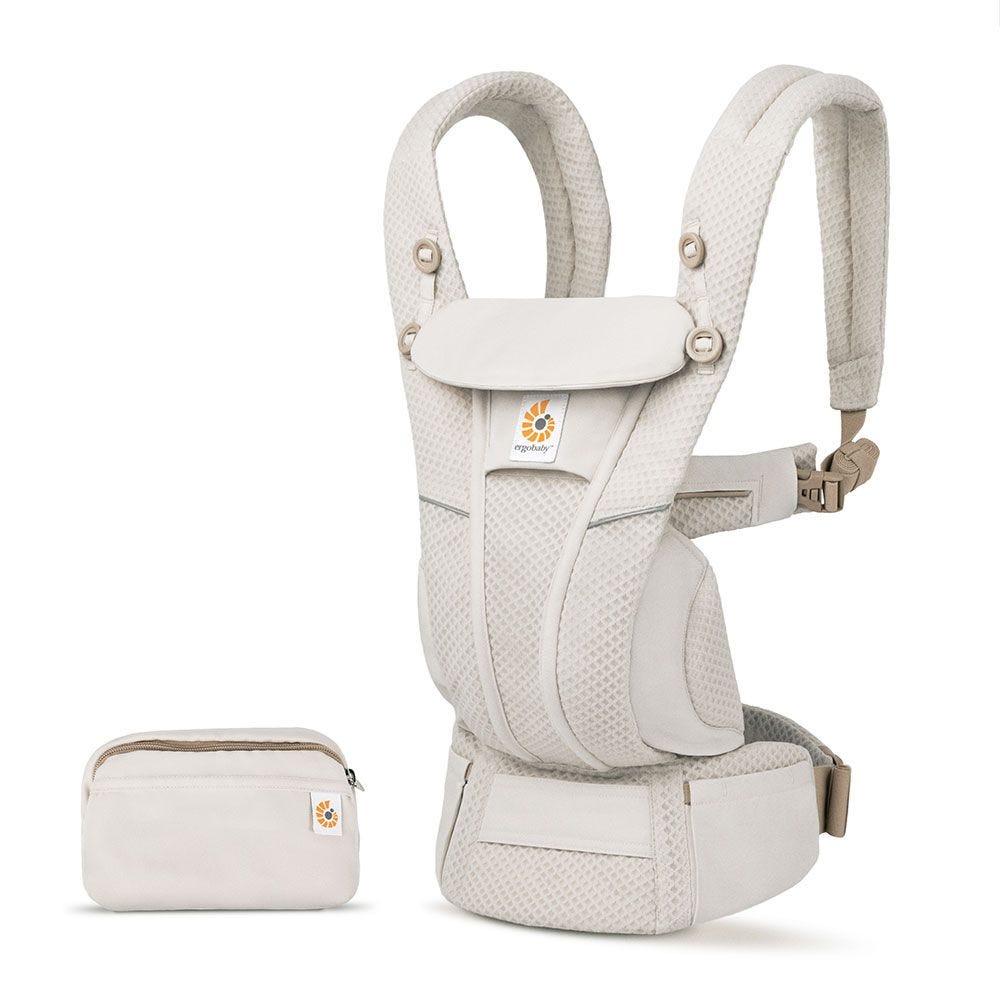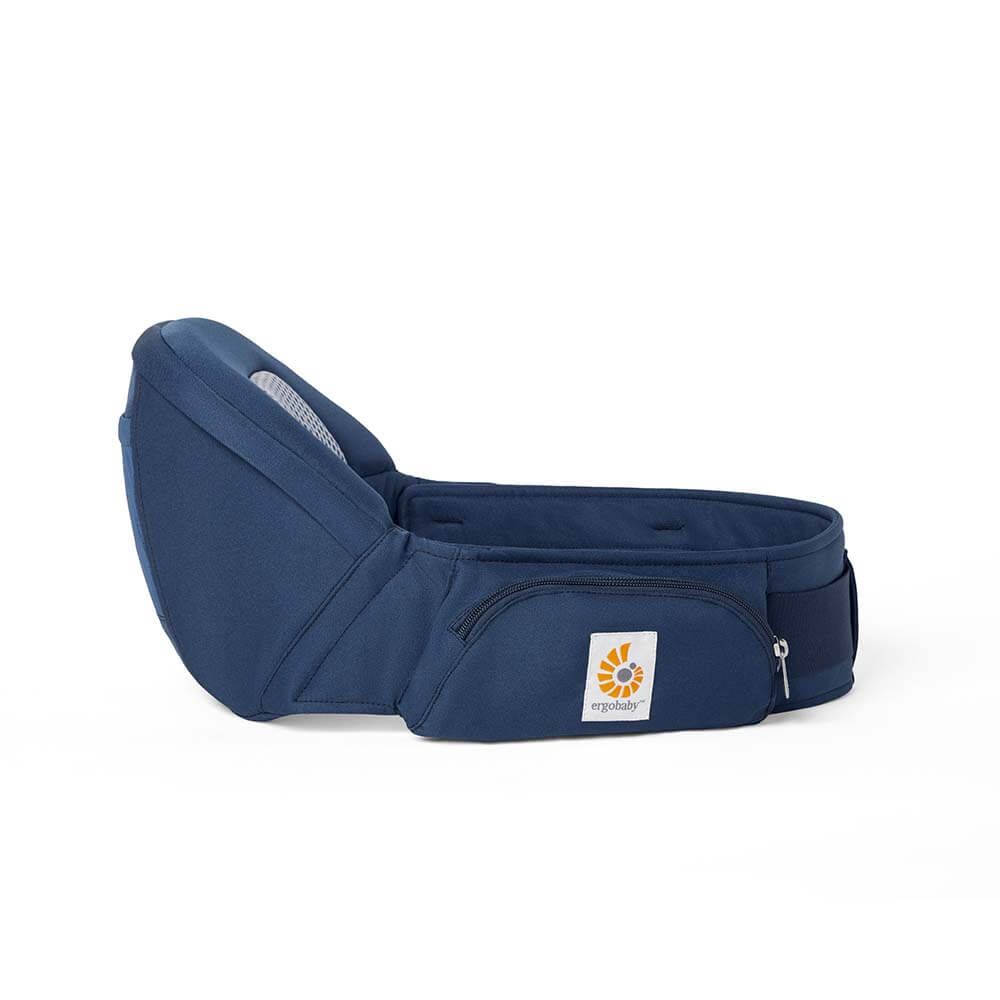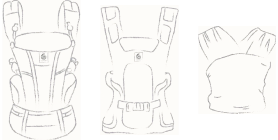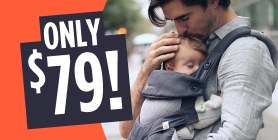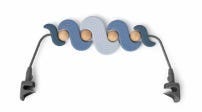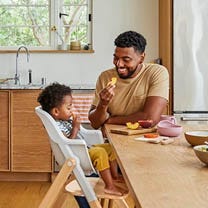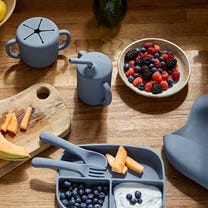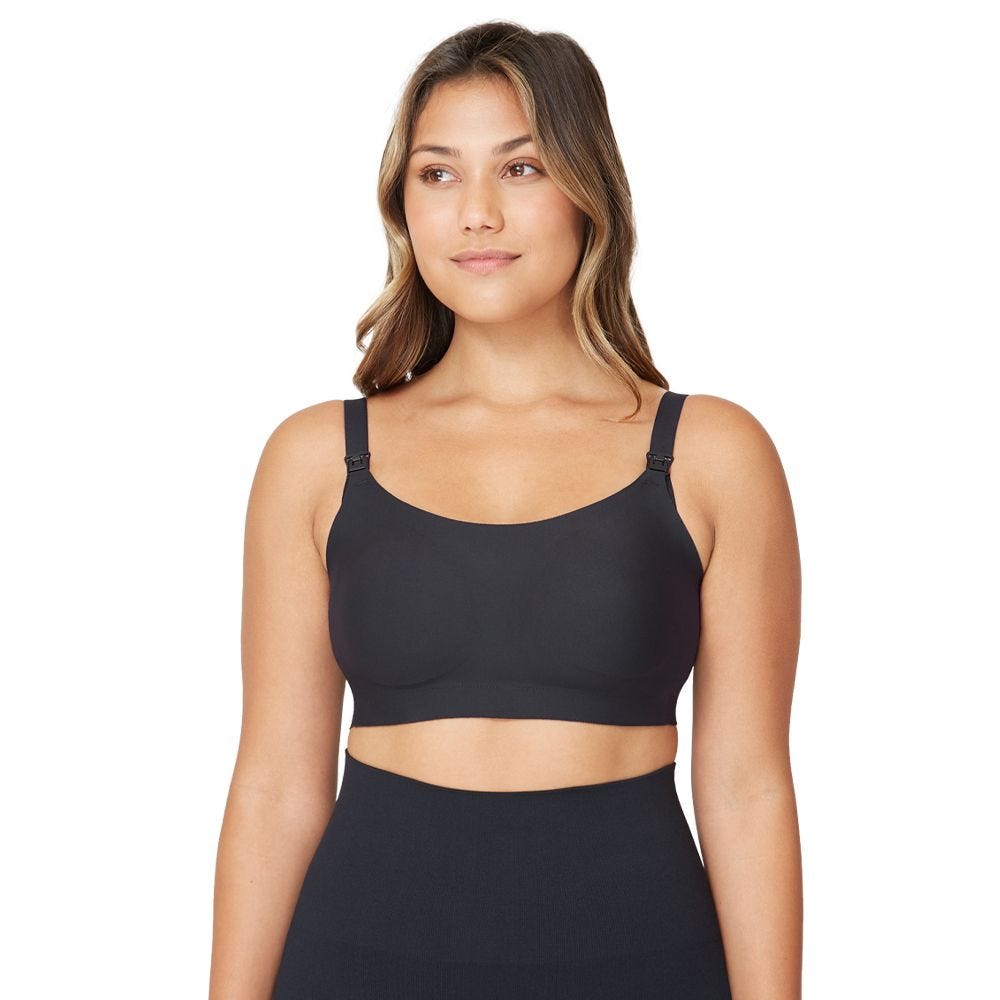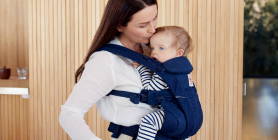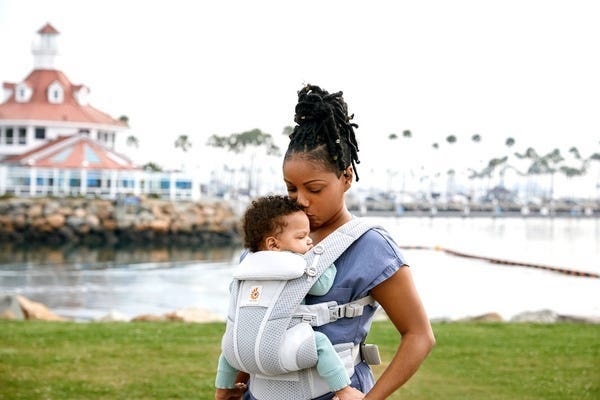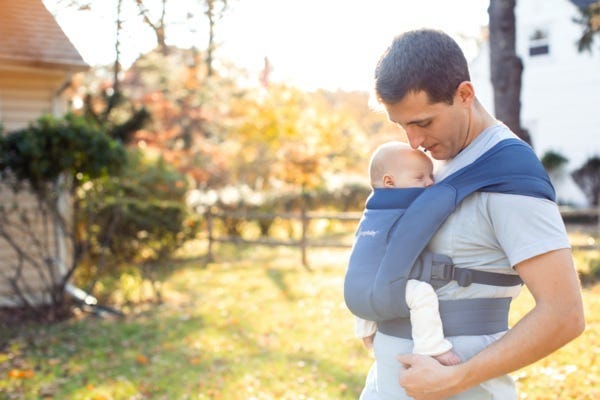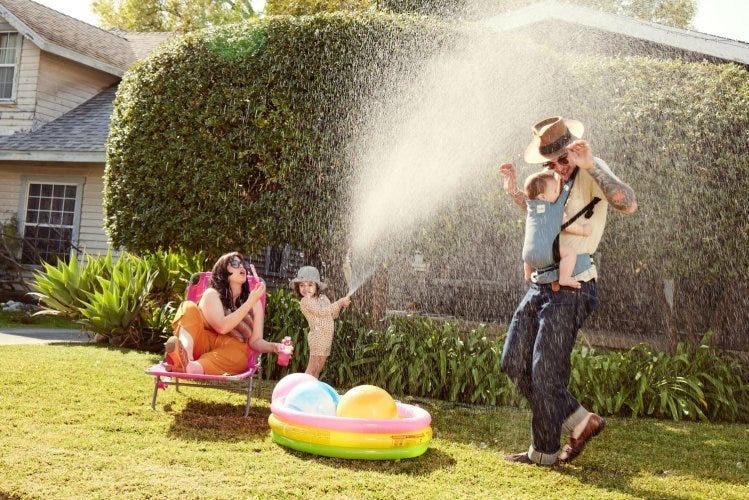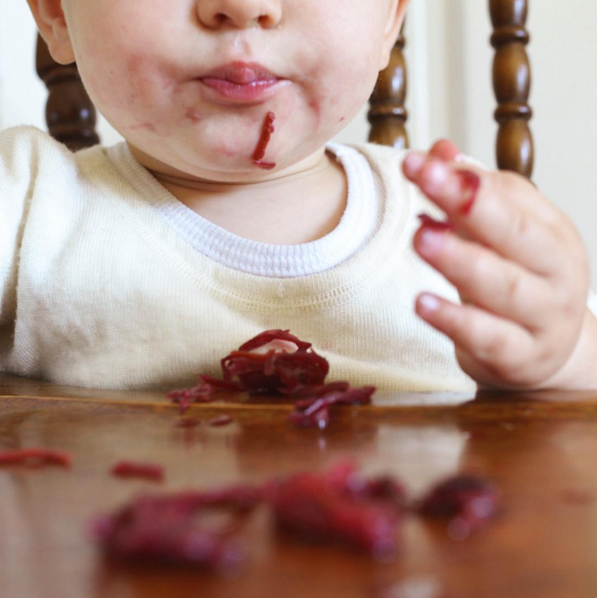
Babies walk at different times, they talk at different times, and just like all other developmental milestones, their digestive systems are ready for solid foods at different times. Instead of waiting until your baby reaches a certain age, it’s also recommended to wait until your little one meets all of the Developmental Signs of Readiness. These observable milestones indicate when your little one’s intricate system is ready and mature enough for the introduction of solid foods. Babies usually start meeting Signs of Readiness around 6 months, but it can definitely take longer for some and research is showing that it’s beneficial to wait. In the 1990’s, it was common for most babies to start solids around 4 months. In 2002, the World Health Organization recommended exclusive breastfeeding (formula/combo feeding) for the first 6 months. In 2012, Health Canada, Canadian Pediatric Society, Dieticians of Canada & Breastfeeding Committee for Canada (can you tell I’m Canadian!) released a joint statement: “Breastfeeding exclusively for the first six months is important for the nutrition, immunologic protection, growth, and development of infants and toddlers” This sentiment is also promoted by UNICEF, American Academy of Pediatrics, American Academy of Family Physicians, and Australian National Health and Medical Research Council. Although, often literature and even some pediatricians are not current with the new research.
Signs of Readiness
-
Baby can sit up well, without support.
Baby may still topple over, but they should be able to support themselves in a seated position for a period of time. Our digestive systems are made up of muscles. From the moment food enters our bodies to the moment it exits, it is pushed along by peristalsis, which is a wave-like contraction of the muscles that moves food through our digestive tract. When baby has the core strength to sit up on their own, it’s also a good indicator that the muscles of their digestive tract are strong and ready as well.
-
Baby has lost the tongue-thrust reflex.
Some babies have this reflex quite strongly and it may not be as obvious in others. It happens when something unfamiliar is placed in baby’s mouth and they automatically push it out with their tongue. This protects infants against choking, helping them to get things out of their mouths quickly and safely. Waiting for this reflex to subside shows that baby is more ready to accept solid foods.
-
Baby is developing a “pincer” grasp.
This is when your baby begins picking things up between their thumb and forefinger instead of just using the palm of their hand or whole hand. They likely won’t master this until a few months after solids are introduced, but they should be starting to practice the pincer grasp when playing with toys and grabbing other objects.
-
Baby is ready and willing to chew.
This last Sign of Readiness is a little trickier and should only be considered after the first 3 have been met, because it could also be a false sign. When starting solids baby should be eager to participate in mealtime and may try to grab food and put it in their mouth. If your baby has reached the other 3 signs but is still not showing much of an interest, there is no rush. Some babies are very eager when presented with food, but others just aren’t at first and that’s ok! Allow them time and let your baby lead.
False Signs of Readiness
-
Wakes at night.
“Baby wakes at night? They must need some food to tide them over.” This isn’t the case though. Around the 4-6 month mark your baby is developing in so many other ways. When breast or bottle-feeding, you may notice them “pulling off” around this age to look around. They are becoming much more aware of the world around them and can become more stimulated by this new awareness when waking at night, making it harder for them to sleep.
-
Nurses more frequently day/night.
“They must be hungry and needing food.” Although babies do need more calories as they age, this actually has more to do with their new awareness of the outside world. As their potentially overwhelming world opens up, the comfort of being held and fed allows them to feel safe and secure.
-
Size of baby big/small.
“Your baby is so small, they must need some food. Your baby is so big, they need less milk and more food.” You hear it for both circumstances, but the size of a baby isn’t always a direct indication of their developmental readiness.
-
Lip smacking.
“Baby is smacking it’s lips, it must be hungry.” Baby is imitating you and practicing the motion in preparation for food, but lip smacking alone doesn’t mean that they’re ready for food.
-
Grabbing at food.
“That baby is hungry, look at them grab for the food.” Babies tend to try to grab and gnaw mostly everything (remote controls, keys, etc.), so often parents view their interest in food as a premature sign of being ready to eat. Although they should be showing an interest before starting solids, the other Signs of Readiness should be met first. Introducing solid foods to your little one should be a fun and exciting adventure, but there are often many questions on how and when to take this step. My program, Baby Knows Best: An Intro To First Foods (http://www.carleymendes.com/babies) will answer your questions, eliminate your doubts, and allow for this potentially overwhelming step to be much more enjoyable.
Emotional Benefits of Getting Outside
Spending time in nature with your baby can strengthen the bond between you. The simple act of holding your baby close, feeling their warmth, and sharing new experiences together can create strong emotional connections. It’s also a wonderful way to reduce stress and improve your mood. When my littles were extra fussy, I’d take a walk around the neighborhood. Even though I don't live in an area with trails and surrounded by nature, simply behind outside changed everything. A little vitamin D does wonders!
Cognitive Development
Nature is a sensory wonderland for babies. The different sights, sounds, and smells can stimulate your baby’s senses and promote cognitive development. Watching leaves rustle, hearing birds chirp, and feeling the texture of a tree bark can all contribute to their learning and development.
All About Baby Carriers for Nature Adventures
Choosing the Right Baby Carrier
When it comes to selecting the best baby carrier for summer adventures, there are several options to consider.
Types of Baby Carriers:
- Wraps: Perfect for newborns, providing a snug and secure fit.
- Slings: Ideal for quick and easy use, offering good ventilation.
- Soft Structured Carriers: Versatile and comfortable for both parent and baby, suitable for longer trips.
Factors to Consider:
- Baby’s Age and Weight: Ensure the carrier is appropriate for your baby’s size and weight. For example, Ergobaby’s Embrace Newborn Carrier is perfect for the fourth trimester where baby is small and you’re looking for an easy way to stay close. As they grow, you’ll want to upgrade to an all-position carrier that’s meant for growing babies.
- Parent’s Comfort and Ergonomics: Look for carriers with padded shoulder straps and lumbar support if you’re planning on longer outings.
- Ease of Use: Choose a carrier that is easy to put on and take off.
- Climate and Breathability: Opt for carriers made of breathable fabrics to keep you and your baby cool in hot weather.
Safety Tips:
- Proper Positioning: Ensure your baby is seated correctly, with their legs in an "M" position and their head should be close enough to kiss.
- Checking for Wear and Tear: Regularly inspect your carrier for any signs of damage.
- Ensuring Adequate Support: Make sure the carrier provides proper support for your baby’s head and neck.
Exploring Nature with a Baby Carrier
Ideal Spots for a Nature Walk with Baby
- Parks and Gardens: Great for leisurely walks and picnics.
- Nature Trails and Forests: Perfect for more adventurous outings.
- Beaches and Lakesides: Wonderful for enjoying the water and sand, with the right carrier.
Activity Ideas
- Hiking: Enjoy a scenic hike with a hiking baby carrier that offers support and storage.
- Bird Watching: Use your carrier to keep your baby close while you explore and observe wildlife.
- Picnics: A carrier can free up your hands, making it easier to carry picnic supplies.
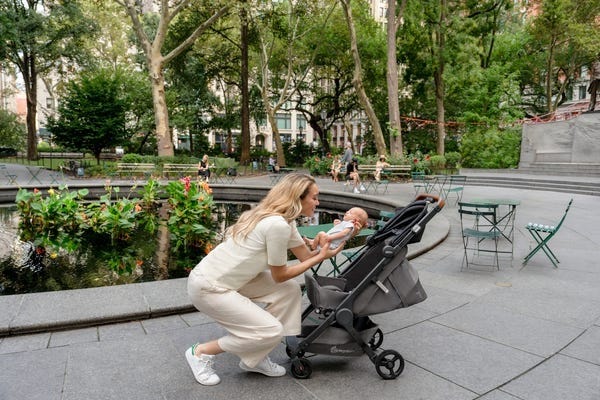

Advantages of Using Strollers for Nature Adventures
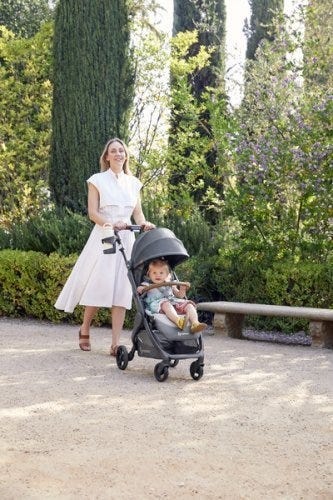

While baby carriers are fantastic for mobility and closeness, depending on the adventure of choice you might want to be a stroller along too.
There are a LOT of baby stroller options on the market. So we understand how confusing it can be to choose the one that’s right for your family. Not only are there a variety of brands, but a variety of strollers that serve different purposes.
There are a few types of strollers on the market:
- Full-sized stroller: This is typically the stroller parents thing of buying for all its versatility.
- Lightweight or umbrella stroller:These compact strollers are perfect for on-the-go adventures.
- Jogging stroller: Designed for parents who want to combine fitness with outdoor adventures.
- Double stroller: Designed for parents with multiple kids, especially twins.
- Car seat carrier: These strollers connect to a specific car seat. We don't typically recommend these as they can be unsafe for baby and uncomfortable for parents who are pushing.
Learn more about the types of strollers and which one would be best for you.
Benefits of Bringing a Stroller
- Storage Space for Gear: Ample room for carrying all your essentials like a diaper bag, beach toys and more.
- Shade and Weather Protection: Built-in canopies to shield your baby from the sun when they are lounging.
- Options: If you have more than one kid, you can stroll with one and carry the other. Or, if you’re getting warm or your little one is getting fussy, you can switch up their position from stroller to carrier or vice versa.
Safety Tips for Strollers
- Ensure your stroller is in good working condition. Make sure buckles are still buckling and that there are no rips or holes that could compromise your baby’s safety.
- Use sunshades or bug nets to protect your little one’s skin.
- Securing the baby properly: always buckle up your baby for safety even if you think they are old enough to go without the buckle.
Combining Baby Carriers and Strollers
For the ultimate flexibility, consider using both a baby carrier and a stroller on your outings.
Combining both options allows you to adapt to different situations. Use the carrier for more rugged trails and switch to the stroller for smoother paths or when your baby needs a nap.
Transition Tips
- Smooth Transitions: Plan stops where you can easily switch from carrier to stroller.
- Pack Light: Only bring essentials to make transitions easier.
Tips for a Successful Adventure
Planning Ahead
- Route Planning: Choose baby-friendly trails and parks. Check local mom groups or outdoor groups and get recommendations for the best outings for kids.
- Check Weather Conditions: Avoid extreme heat or unpredictable weather. Even with our most breathable carriers, when it’s hot, it’s hot. And having two bodies against each other in the heat will be naturally hot and sticky already.
- Packing Checklist: Include diapers, snacks, water, sunscreen, and a first-aid kit. These all-position carriers have storage pockets where you can fit some of the items easily!
- Stay Hydrated and Nourished: Pack healthy snacks to keep energy levels up and bring plenty of water for both you and baby.
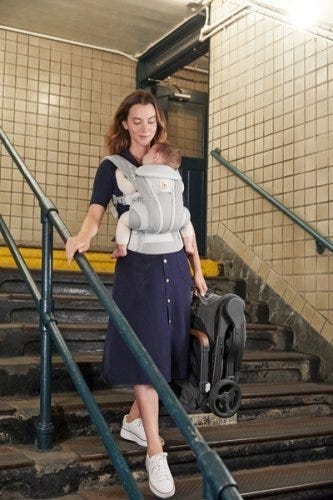

Summer adventures with your baby are a wonderful way to create lasting memories and enjoy the beauty of nature together. From baby carriers to strollers, Ergobaby products are designed to provide comfort and ease for both you and your little one. So, gear up, get outside, and explore the world with your baby by your side.
Ready to embark on your own summer adventures? Check out Ergobaby’s range of baby carriers and strollers to find the perfect match for your family’s needs. Visit our website today and start planning your next outdoor excursion!

